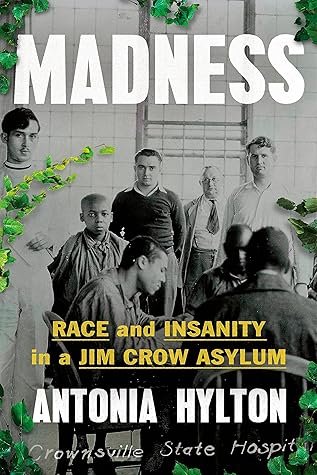More on this book
Community
Kindle Notes & Highlights
Read between
April 6 - April 22, 2024
March 1976, Anne Arundel’s county executive rode back into office promising Annapolis residents that as the county’s leader, he would make crime-fighting his first priority. Part of his strategy included the opening of a new juvenile rehabilitation center, and it would be conveniently located in the Winterode Building of Crownsville Hospital. The county executive was a man named Robert Pascal. He was a Republican originally from New Jersey, and he had been an all-American football player, business owner, and gas executive. He gave this new juvenile school a cheeky nickname: Pascal’s Prison.
Truthfully, the entire dream of community mental health had never materialized, and it wasn’t just because states had trouble matching funds and the number of centers available in major cities like Baltimore was limited. The centers had become notorious for focusing their resources on the treatment of patients who had the least severe diagnoses. They welcomed the elderly and adults with high-functioning depression, while those suffering with chronic and untreated illnesses like schizophrenia and bipolar disorder continued to cycle from admission to discharge in places like Crownsville. The
...more
On one afternoon at the end of March 1981, those choices came back to haunt him.
It was a reminder to me that the complexity and mystery of mental illness are no excuse to not take action, push for change, or find small ways to help the people around us. Perhaps that is part of what makes us so unsettled when we encounter others who can’t conceal how sick, lost, and distraught they feel. We are confronted with a choice—when what we really want to do is to shirk responsibility. We are reminded that we are not so healthy and virtuous after all. We’re forced to consider the role we might have played in isolating our neighbors, and how crazy it was that we ever thought we
...more


